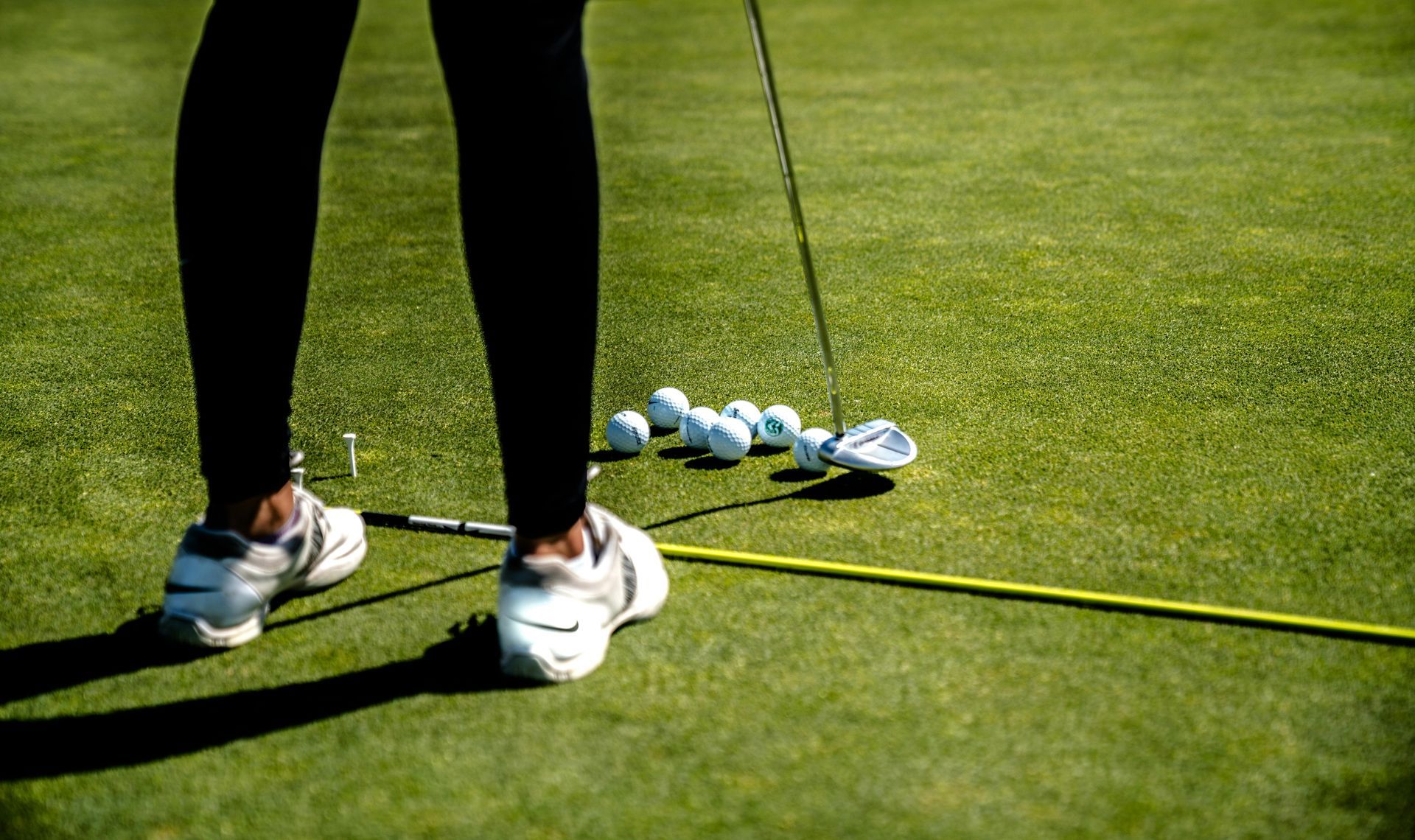On The Green
with Robert Peers
How to Swing a Golf Club: A Step-by-Step Guide
The Importance of a Proper Golf Swing
A good golf swing is the foundation of success in the game. Whether you're a beginner or an experienced player, mastering the fundamentals of a proper swing can lead to more consistent ball striking, increased distance, and improved accuracy. While golf swings can vary from player to player, there are key elements that every golfer should focus on to create an effective and repeatable motion.
Step 1: The Correct Grip
A golfer’s grip influences how the clubface makes contact with the ball. There are three common grips: the interlocking grip, the overlapping grip, and the baseball grip. The interlocking grip is preferred by players with smaller hands, while the overlapping grip is commonly used by professionals. The baseball grip is often chosen by beginners due to its natural feel. Regardless of which grip you use, keeping a relaxed but firm hold on the club is essential for control and consistency.
Step 2: Proper Stance and Posture
Your stance is the foundation of your swing. A balanced and athletic setup will help create a smooth motion. Start by positioning your feet shoulder-width apart, with a slight bend in your knees. Your spine should be tilted forward slightly, and your arms should hang naturally. Your weight should be evenly distributed, with a slight favoring of the balls of your feet to maintain stability throughout the swing.
Step 3: Executing the Backswing
The backswing is where you generate power for the shot. Begin by turning your shoulders while keeping your lower body stable. Your hands and arms should move naturally with the rotation, and your wrists should hinge slightly as the club moves upward. Keeping your head still and your eyes focused on the ball will help with consistency.
Step 4: Transitioning to the Downswing
The downswing is where you transfer energy to the ball. Start by shifting your weight toward your front foot while rotating your hips. Your arms should follow naturally, and the club should descend in a controlled motion. A common mistake is overusing the upper body, which can lead to a slice or a loss of power. Instead, focus on a smooth transition, allowing your lower body to lead the movement.
Step 5: Impact and Follow-Through
At impact, the clubface should be square to the target line. Striking the ball with the right combination of speed and control will determine the shot’s accuracy and distance. After impact, allow the club to follow through naturally, finishing with your weight fully on your front foot and your body facing the target. A balanced follow-through indicates a well-executed swing.
Mastering a golf swing takes patience and practice, but focusing on these fundamental steps can lead to significant improvement over time.
More Golf Tips
On The Green
with Robert Peers
All Rights Reserved | On The Green with Robert Peers | Website by CCC


